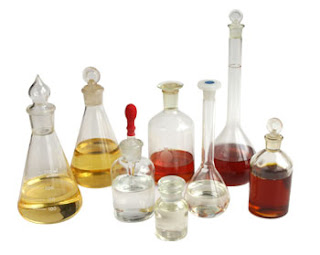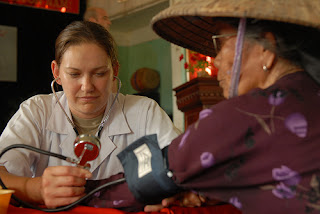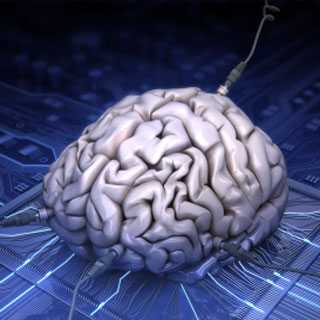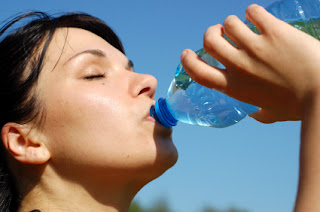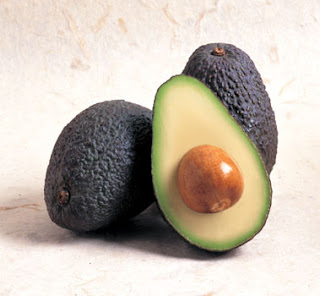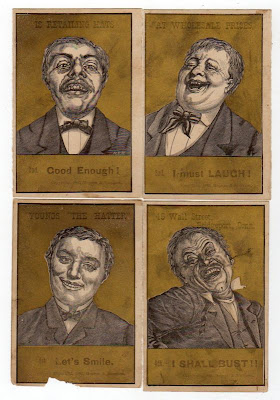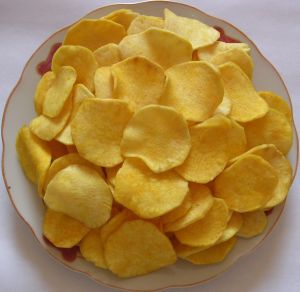Essential oils are always applied externally, they are never, never swallowed! Taking them internally may be fatal. They are applied to the skin and used as an aroma to help certain physical conditions.
Purchase small bottles, since the oxygen in the bottle gradually deteriorates the oil. Make sure the label says “pure essential oil.” Some oils cannot be extracted (such as peach oil or apple blossom oil); some products so advertised are not genuine.
Cedarwood – Antiseptic, astringent and sedative. Good for bronchial problems.
Chamomile - Pain reliever; reduce spasms, good for headaches when applied in a compress to the head.
Clary Sage – Anti-inflammatory, antidepressant. Helps induce sleep. Do not use during pregnancy.
Cypress - Antiseptic, astringent, antispasmodic. Constricts blood vessels, reduces coughing.
Eucalyptus - Antiseptic, antiviral, decongestant (rubbed on chest), expectorant. Reduces fevers and aches.
Frankincense – Anti-inflammatory, antiseptic, sedative. Useful for bronchitis.
Geranium – Anti-diabetic, antidepressant, antiseptic. This mildly sedating oil is useful for nervous tension.
Grapefruit - Reduces appetite, water retention. Detoxifies the skin and helps weight reduction.
Hyssop – Detoxifies, cleanses, an antiseptic. Clears the lungs of congestion and aids breathing.
Juniper - Detoxifier, diuretic, antiseptic. Helps arthritic conditions and cellulites. Don’t use during pregnancy.
Chamomile - Pain reliever; reduce spasms, good for headaches when applied in a compress to the head.
Clary Sage – Anti-inflammatory, antidepressant. Helps induce sleep. Do not use during pregnancy.
Cypress - Antiseptic, astringent, antispasmodic. Constricts blood vessels, reduces coughing.
Eucalyptus - Antiseptic, antiviral, decongestant (rubbed on chest), expectorant. Reduces fevers and aches.
Frankincense – Anti-inflammatory, antiseptic, sedative. Useful for bronchitis.
Geranium – Anti-diabetic, antidepressant, antiseptic. This mildly sedating oil is useful for nervous tension.
Grapefruit - Reduces appetite, water retention. Detoxifies the skin and helps weight reduction.
Hyssop – Detoxifies, cleanses, an antiseptic. Clears the lungs of congestion and aids breathing.
Juniper - Detoxifier, diuretic, antiseptic. Helps arthritic conditions and cellulites. Don’t use during pregnancy.
Lavender – Calms and normalizes, fights bacterial and fungal infections. Good for acne, burns, eczema.
Lemon - Excellent germ killer. Good for varicose veins and reducing swellings.
Peppermint – Useful for headaches, fatigue, congestion, fever, muscle soreness, sinus problems.
Rose - Tonic astringent, antiseptic, antidepressant. Good for nervousness and insomnia.
Rosemary - Among the best of the oils; good for pain infection, spasms, dandruff, cellulite, headaches.
Rosewood - Good for anxiety, depression, headaches, nausea, tension, and PMS. It is antiseptic and calming.
Sandalwood – Antiseptic, expectorant, antidepressant. Also good for bronchitis, nervousness, and as a skin moisturizer.
Tea tree - Antiviral, anti-infective, fungicide, antiseptic. Athletes foot, dandruff, bronchitis, ringworm.
Thyme – Antiseptic, expectorant, antispasmodic. Herpes, skin infections, calming effect.
Yarrow - Improves digestion; reduces blood pressure, fights infection and spasms.
Lemon - Excellent germ killer. Good for varicose veins and reducing swellings.
Peppermint – Useful for headaches, fatigue, congestion, fever, muscle soreness, sinus problems.
Rose - Tonic astringent, antiseptic, antidepressant. Good for nervousness and insomnia.
Rosemary - Among the best of the oils; good for pain infection, spasms, dandruff, cellulite, headaches.
Rosewood - Good for anxiety, depression, headaches, nausea, tension, and PMS. It is antiseptic and calming.
Sandalwood – Antiseptic, expectorant, antidepressant. Also good for bronchitis, nervousness, and as a skin moisturizer.
Tea tree - Antiviral, anti-infective, fungicide, antiseptic. Athletes foot, dandruff, bronchitis, ringworm.
Thyme – Antiseptic, expectorant, antispasmodic. Herpes, skin infections, calming effect.
Yarrow - Improves digestion; reduces blood pressure, fights infection and spasms.
Directions for use: Dilute a small amount of the essential oil in either water or another oil (a carrier oil). Either apply or inhale it. The best carrier oils include olive oil, almond oil, grape-seed oil or jojoba oil.
Facial Oil: Add 6 drops essential oil to 1 oz. jojoba oil
Massage Oil: Add 25 drops essential oil to 2 oz olive oil, almond oil, or apricot oil.
Baths: Add 8 drops essential oil to 1 cup water and put in bath.
Hair Rinse: Add 10 drops essential oil to 16 oz. water.
Hair Conditioner: Add 1 drop essential oil to 4-6 oz. unscented conditioner.
Antiseptic Cleaning: Add 25 drops essential oil to 2 gallons water.
Massage Oil: Add 25 drops essential oil to 2 oz olive oil, almond oil, or apricot oil.
Baths: Add 8 drops essential oil to 1 cup water and put in bath.
Hair Rinse: Add 10 drops essential oil to 16 oz. water.
Hair Conditioner: Add 1 drop essential oil to 4-6 oz. unscented conditioner.
Antiseptic Cleaning: Add 25 drops essential oil to 2 gallons water.

